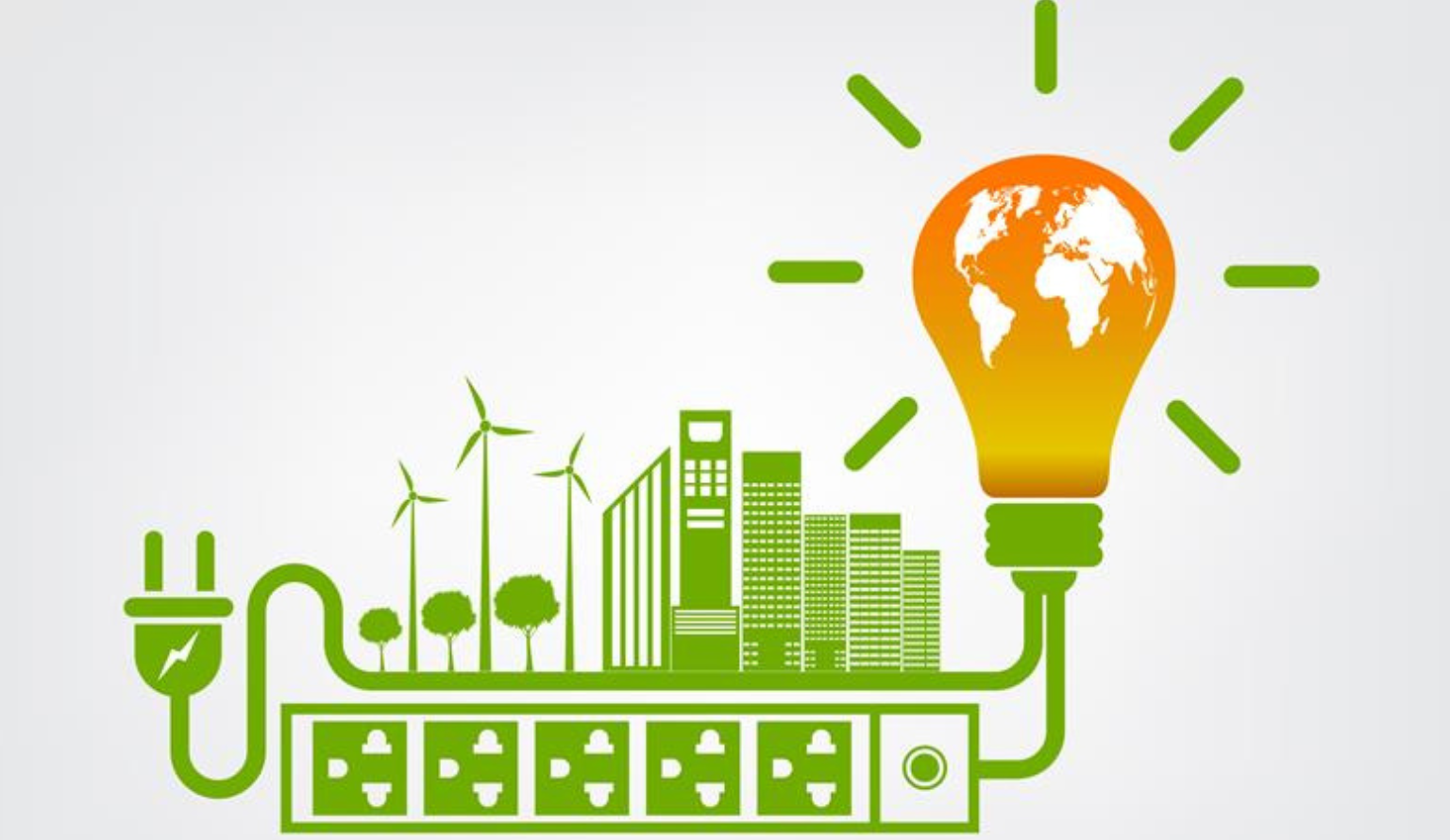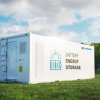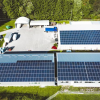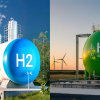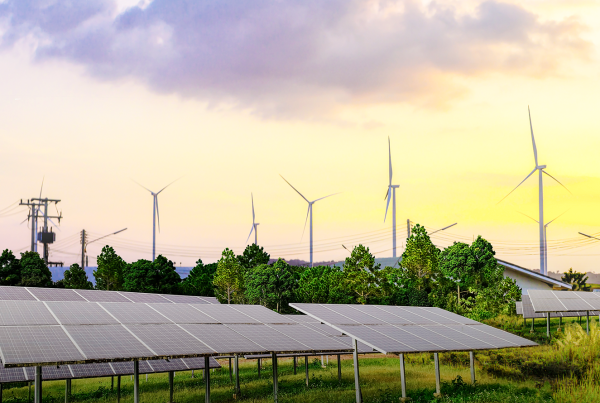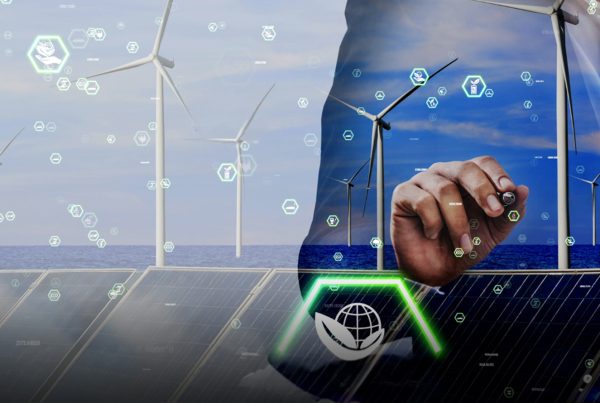The global renewable energy market was valued at USD 1.21 trillion in 2023 and is projected to grow at a compound annual growth rate (CAGR) of 17.2% between 2024 and 2030. This rapid expansion reflects a worldwide shift toward cleaner, sustainable energy solutions.
Countries are embracing green energy solutions to meet climate commitments, enhance energy security, and capitalize on economic opportunities in green technology. As fossil fuels deplete and environmental concerns mount, businesses and individuals increasingly seek sustainable power alternatives to future-proof their energy needs. But what is green energy, and why should we care? Let us explore the world of sustainable power and understand how it is reshaping our future.
What is Green Energy?
Green energy means energy derived from natural resources that replenish themselves without depleting Earth’s reserves. Unlike fossil fuels, these green energy sources produce minimal greenhouse gases or pollutants, which makes them environmentally friendly alternatives. What is a green energy source exactly? It is any naturally occurring, theoretically inexhaustible source like sunlight, wind, rain, tides, waves, and geothermal heat, that can be harnessed with minimal environmental impact. These green energy solutions reduce our carbon footprint and dependence on finite fossil fuels.
How Does Green Energy Work?
The fundamental principle involves converting natural phenomena into usable electricity or heat. Solar panels transform sunlight into electricity using photovoltaic cells, while wind turbines convert kinetic energy from moving air into power. Hydropower captures energy from flowing water, and geothermal technologies utilize the Earth’s internal heat. Unlike conventional generation that burns fossil fuels, green energy systems tap into natural cycles without consuming finite resources.
Types of Green Energy
Several types of green energy are available today, each with unique characteristics and applications.
- Solar Power: Solar energy harnesses the sun’s radiation using photovoltaic panels or concentrated solar systems. These technologies convert sunlight directly into electricity through the photovoltaic effect or by using mirrors to focus sunlight to produce heat that generates power.
- Wind Power: Wind energy captures the kinetic energy of moving air using turbines. As wind flows over the blades, it causes the rotor to spin, driving a generator that produces electricity. Wind farms can be established on land or offshore.
- Hydropower: Hydropower utilizes energy from flowing water, typically using dams or diversion structures to channel water through turbines, producing electricity. This is one of the oldest and most established green energy sources.
- Geothermal Energy: Geothermal energy taps into the Earth’s internal heat, accessed through wells drilled into geothermal reservoirs for heating buildings or generating electricity.
Biomass and Biofuels: Biomass energy utilizes organic materials to produce heat or electricity, while biofuels are liquid or gaseous fuels produced from organic materials for transportation and other applications.
Importance of Green Energy
The importance of green energy extends across environmental, economic, and strategic domains. Renewable energy generates minimal greenhouse gas emissions. This helps mitigate climate change and reduces air pollution, which is a key advantage of green energy. Most technologies also consume significantly less water than conventional power generation, preserving this vital resource.
Economically, the sector creates millions of jobs worldwide and increasingly offers cost advantages over fossil fuels. In 2023, India’s renewable energy sector reached a significant milestone, creating approximately 1.02 million jobs.As technologies mature, the price of renewable energy continues to decline, strengthening the business case for transition. From a strategic perspective, diversifying energy sources enhances national security by reducing dependence on imported fossil fuels. Despite these benefits, certain green energy disadvantages exist, including intermittency challenges for sources like solar and wind, though advances in storage technologies are addressing these limitations.
Jakson’s Approach to Green Energy Solutions
With over 78 years of industry experience, Jakson manufactures 1.2 GW of solar modules and manages a 7 GW renewable EPC portfolio. Our comprehensive offerings include solar rooftop systems, battery storage solutions with minimal maintenance requirements, and innovative microgrids integrating solar with lithium battery technology.
Through Jakson Green, we have expanded into green hydrogen with 300 MW electrolyser manufacturing capacity and operate a 150 KLPD bioethanol plant. This diverse portfolio enables us to provide sustainable energy solutions for residential customers and industrial clients seeking to reduce their carbon footprint.Green energy is changing how we power our world for the better. As technology improves and prices fall, green energy solutions are becoming the go-to choice for homes and businesses alike.

